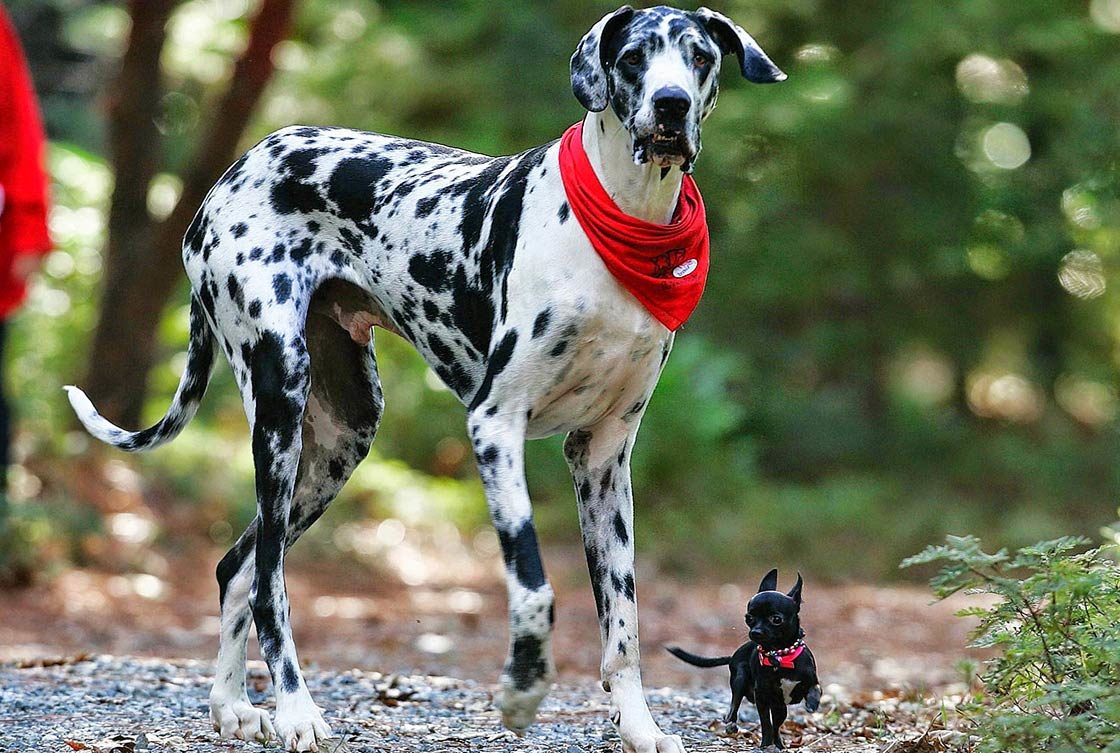
Orthopedic issues are common in large dogs, as their size and weight put a lot of stress on their bones and joints. Large breeds, such as Great Danes, Mastiffs, and Saint Bernards, are especially prone to these issues. Here are some of the most common orthopedic problems that affect large dogs:
-
Hip Dysplasia: This is a genetic condition where the hip joint doesn't fit together properly, causing pain and stiffness. It can lead to arthritis and mobility problems. Large breeds are more prone to hip dysplasia, and it can be exacerbated by obesity and a lack of exercise.
-
Elbow Dysplasia: Similar to hip dysplasia, this condition affects the elbow joint and can cause lameness, pain, and arthritis. It is also more common in large breeds, and can be caused by genetics, obesity, and over-exertion.
-
Osteochondritis Dissecans (OCD): This is a condition where cartilage and bone in the joints don't develop properly, leading to pain, swelling, and lameness. Large dogs are at higher risk for OCD due to their rapid growth rates and weight.
-
Cruciate Ligament Rupture: This is a tear in the ligament that connects the femur to the tibia, causing instability in the knee joint. It can be caused by trauma or degeneration, and is more common in large dogs due to their size and weight.
-
Arthritis: This is a common condition in older dogs, where the joints become inflamed and painful. It can be caused by a variety of factors, including genetics, obesity, and joint injuries. Large dogs are more prone to arthritis due to the wear and tear on their joints over time.
Prevention and Treatment:
Prevention of orthopedic issues in large dogs starts with proper nutrition and exercise. Feeding a high-quality, balanced diet and maintaining a healthy weight can reduce the stress on joints and help prevent conditions such as hip and elbow dysplasia. Regular exercise, such as walks and moderate play, can also help keep joints healthy and prevent obesity.
Treatment for orthopedic issues in large dogs depends on the specific condition and severity. Conservative treatments, such as pain medication, physical therapy, and weight management, may be effective for mild cases of arthritis or OCD. In more severe cases, surgery may be necessary to repair ligaments, remove bone fragments, or replace joints.
In conclusion, orthopedic issues are a common concern for large dogs, and can significantly impact their quality of life. By understanding the risk factors and taking steps to prevent these conditions, pet owners can help keep their furry friends healthy and active. Early detection and treatment of orthopedic issues can also improve outcomes and reduce the long-term effects of these conditions on a dog's health.
